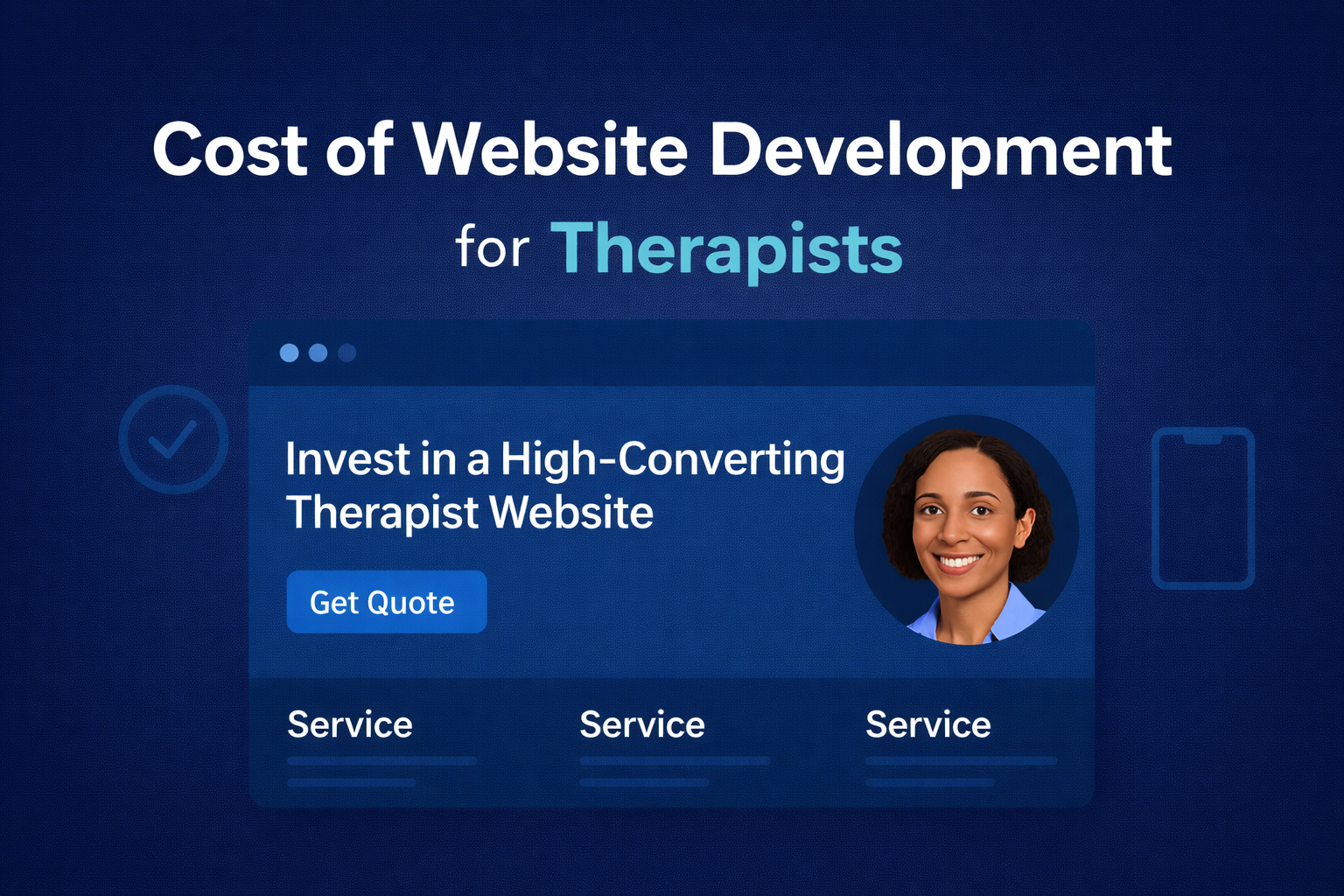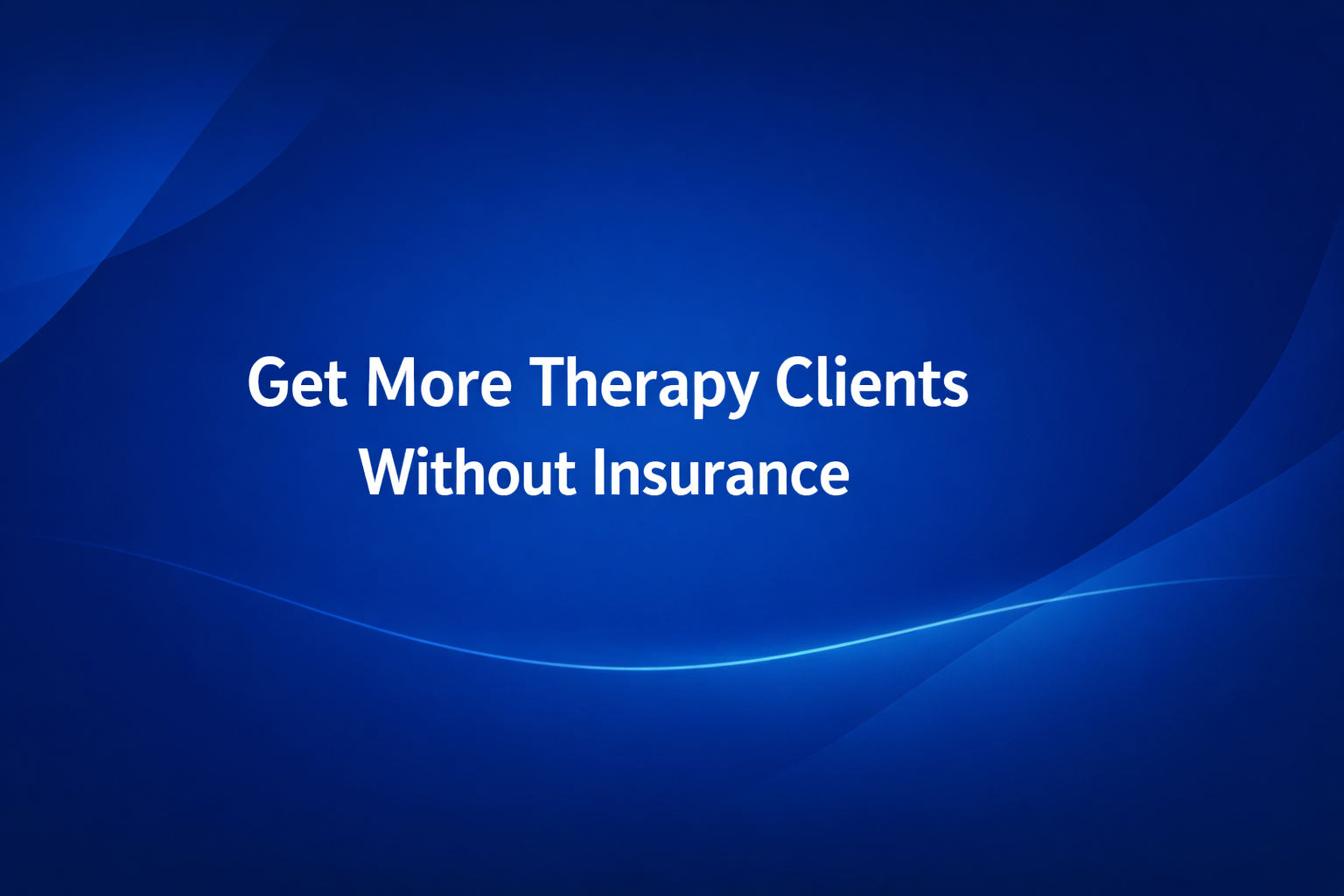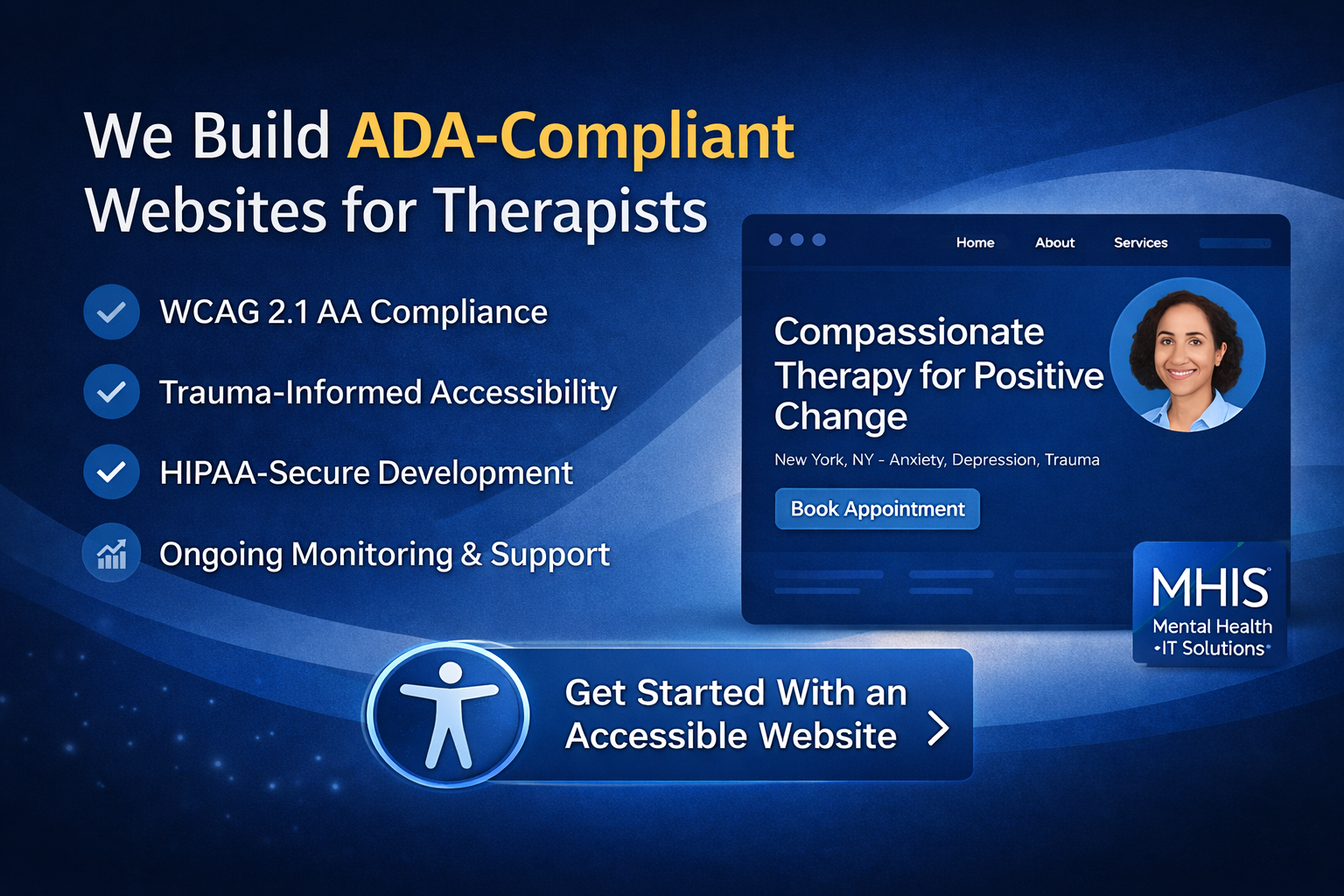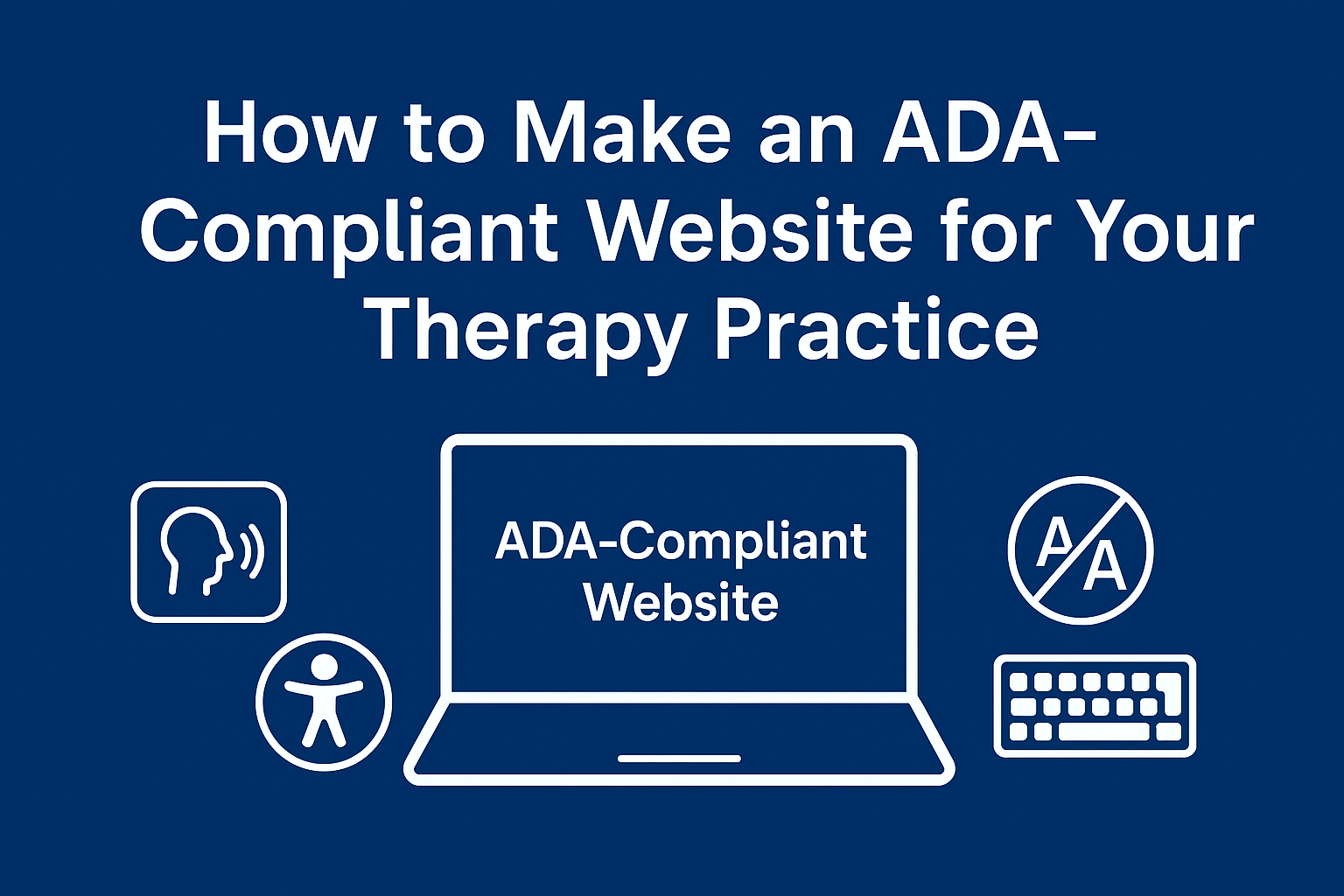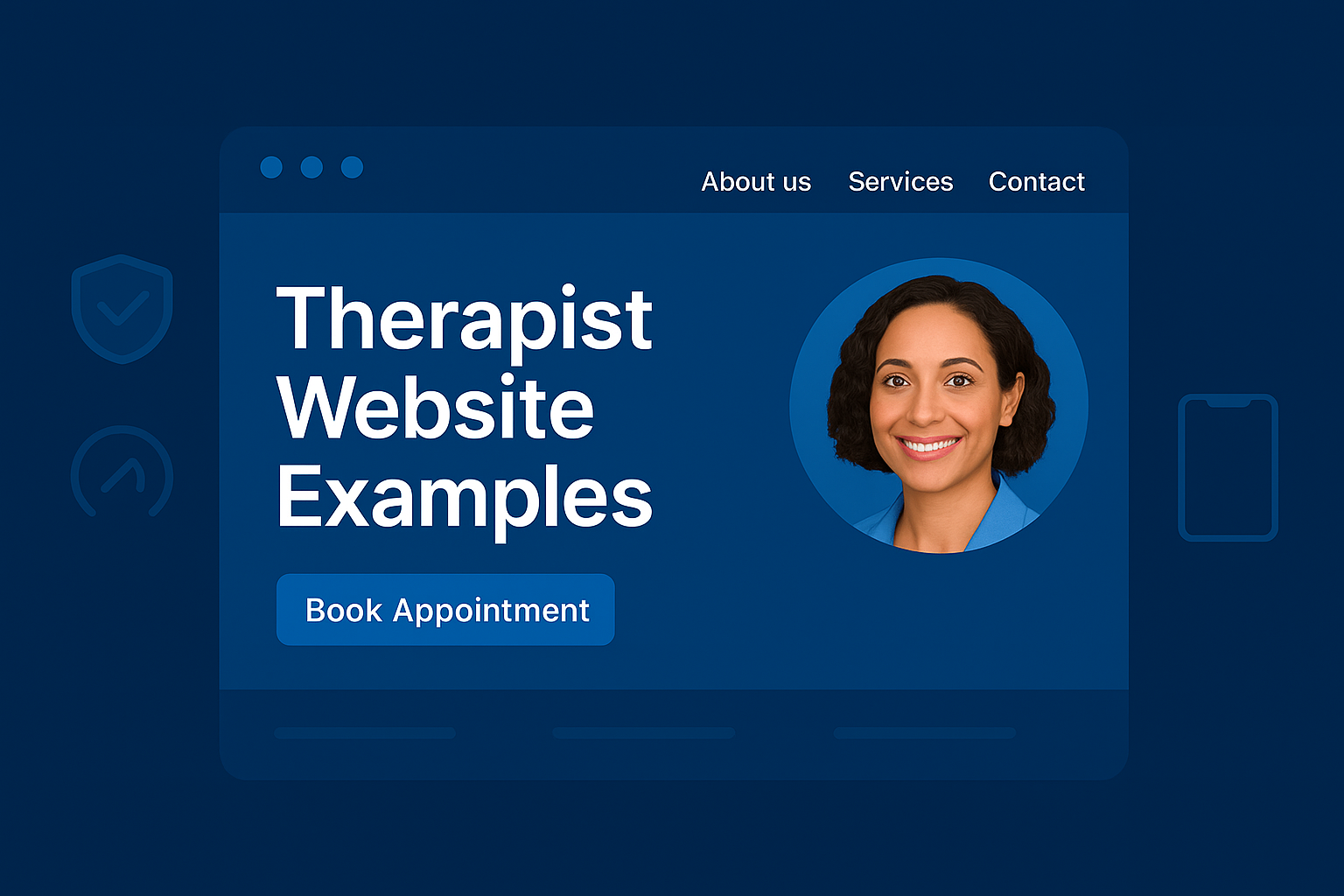Introduction
You’ve probably asked yourself:
- “Do therapy clients really watch videos on websites?”
- “Is it worth recording an introduction video?”
- “How does video content affect trust and conversion?”
Here’s the answer:
Yes — video can significantly improve your therapy website’s performance.
In 2025, prospective clients want to see and hear who they’ll be working with. Video helps bridge that emotional gap before the first session even begins.
This article outlines how — and why — therapists, psychologists, and LMFTs should be using video to build trust, drive bookings, and boost SEO.
1. Video Builds Instant Trust
Therapy is deeply personal. A well-produced video gives potential clients a preview of your:
- Tone of voice
- Body language
- Professional confidence
- Compassion and warmth
✅ Most effective use:
- A 60–90 second homepage video introduction:
“Hi, I’m [Name], a licensed therapist who specializes in [issue]. If you’re struggling with [problem], you’re not alone…”
📌 Optimize trust journey: High-Converting Teletherapy Website
2. Videos Improve Website SEO & Time-on-Page
Google favors websites where people stay longer.
Embedding a short video keeps visitors on your site 40% longer — boosting both rankings and conversion rates.
✅ Tips:
- Host videos on YouTube or Vimeo
- Add transcript below for keyword indexing
- Include schema markup to improve visibility
📌 Boost your rankings: The Role of SEO in Helping LMFTs Get Found Online
3. Answer Common Client Questions via Video
Many visitors are asking questions like:
- “What’s the first therapy session like?”
- “What does online therapy feel like?”
- “Do I need therapy, or should I just wait it out?”
✅ Create a “Video FAQ” page with:
- 3–5 short clips answering client concerns
- Each optimized for voice search
- Internal links to blog posts
📌 Pair with blog strategy: Content Marketing for Psychologists
4. Video Increases Conversion Rates on Service Pages
People buy from people — not text blocks.
✅ Add video snippets on:
- Couples Therapy pages (explain your approach)
- Teen Therapy pages (speak to parents)
- Trauma Treatment pages (show compassion and safety)
📌 Conversion support: Custom-Built Teletherapy Website
5. Use Video in Email and Social Media Campaigns
Videos don’t have to live only on your website.
✅ Also use them in:
- Instagram reels and stories
- LinkedIn intro posts
- Email campaigns (“What to expect from your first session”)
📌 Amplify visibility: Social Media Marketing Tips for Mental Health Practitioners
📌 Retention booster: Email Marketing for Psychologists
6. Video Humanizes Your Brand
For therapists, your biggest differentiator is you.
Video helps clients feel emotionally safe — especially when navigating anxiety, depression, or trauma.
✅ Keep it real:
- Don’t aim for perfection
- Use natural language
- Maintain professional lighting, clear sound, and a warm tone
📌 Build your brand: Build Your Therapist Personal Brand With Agency Help
7. Video Supports Your Voice Search Strategy
Voice and video go hand-in-hand.
When someone asks:
“What kind of therapy is best for anxiety?”
“Who offers trauma therapy near me?”
Google may surface your video content if it answers the question clearly and is properly optimized.
📌 Learn more: How to Optimize Your Website for Mental Health Service Searches
Final Thoughts
Video content helps therapists:
- ✅ Build trust with potential clients
- ✅ Increase site engagement and conversions
- ✅ Answer client questions in a relatable way
- ✅ Improve SEO and voice search performance
- ✅ Humanize your brand in a saturated space
At Mental Health IT Solutions, we help therapists plan, script, and integrate video into high-performing digital strategies.



